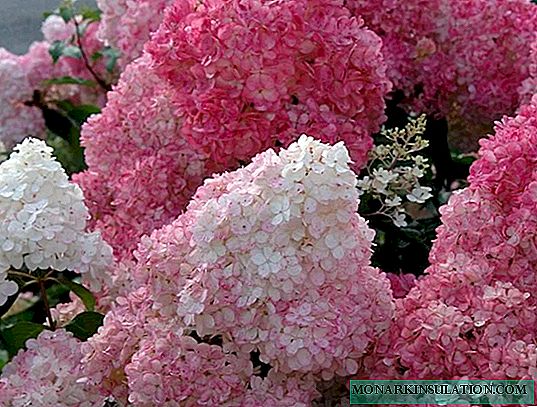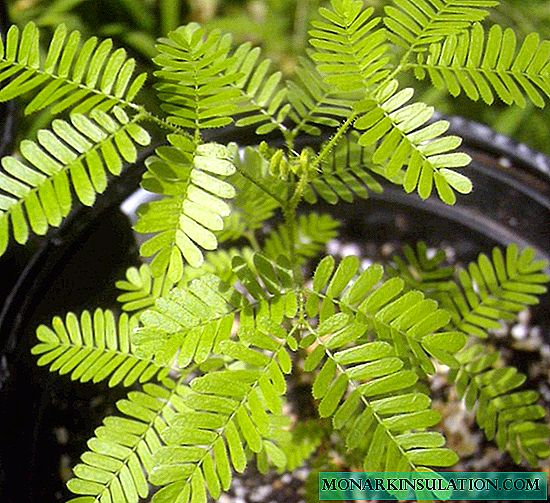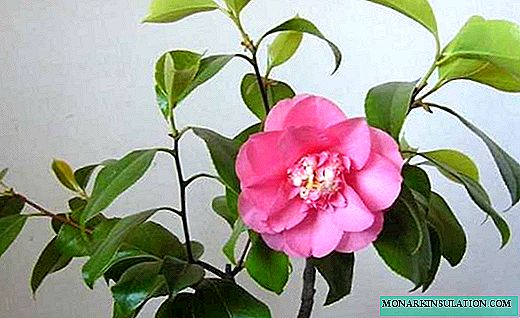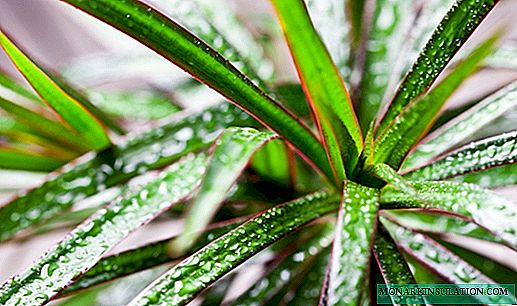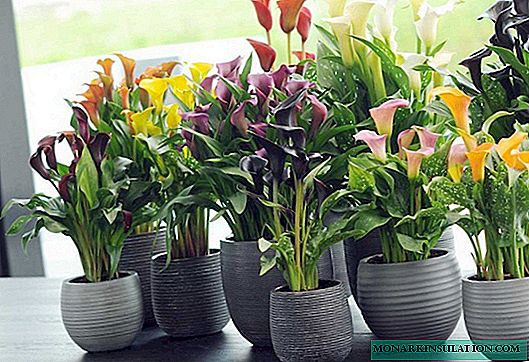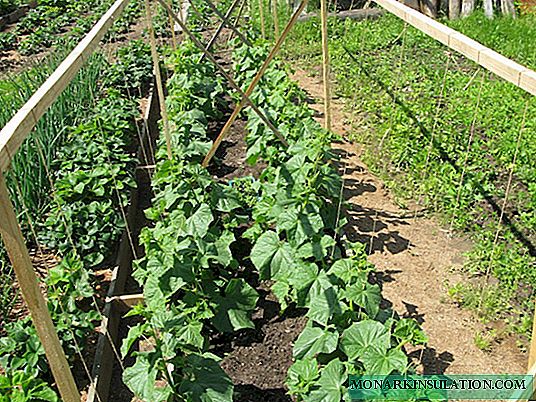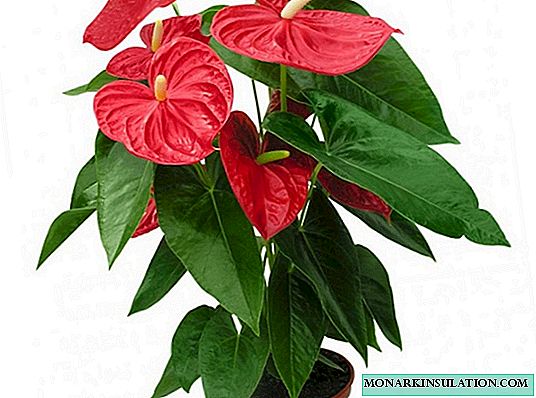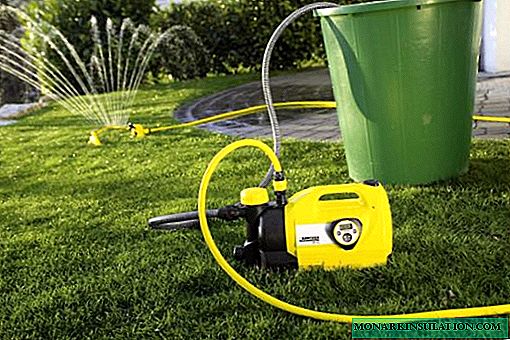
Water pump - the main element of water supply, irrigation, irrigation. The operation of the entire system as a whole depends on its functionality. If the device was initially improperly selected, there is not enough power, or the design of the device is not suitable for the functions performed, then malfunctions are inevitable. In this case, you will either have to buy additional devices to compensate for the drawback, or change the model itself. In order to choose the right water pump for water for a house, cottage or garden, it is necessary to take into account the design features, the principle of operation, purpose and technical characteristics of the lifting equipment.
General principles of the design of pumps
Each type of pump has its own design features, but the general principle of operation of all pumping devices is one. When you turn on the electric motor, a vacuum is created inside the housing. Due to the low pressure, water is sucked into the vacuum chamber, moves to the outlet pipe and is forcefully pushed through it into the hose or pipe. The force of "extrusion" of water determines the pressure in the system. It should be high enough to overcome the hydraulic resistance.

All pumps operate on the principle of drawing water through the inlet and discharge through the outlet, they differ only in the way they create a vacuum
The design of the pumps can vary significantly depending on how the vacuum is created in the device, on this basis, the pumps are divided into:
- centrifugal;
- vortex;
- vibrational (the second name is electromagnetic).
Depending on the location of the pump relative to the water tank, surface and submersible models are distinguished. By design and functionality, the devices are divided into well, borehole, drainage, motor pumps. A more detailed explanation is given in the video below:
Centrifugal Pump - Universal Equipment
Devices of this type are used in almost all areas - both industrial and domestic. The principle of operation is based on the creation of a centrifugal force inside the housing, due to which the movement of water occurs, pressure is created. The blades and wheels of the working part, rotating, draw the fluid, press it against the wall, and then push it into the outlet. Depending on the design and purpose, the devices are divided into many groups. They can be surface and submersible, cantilever, horizontal, vertical, monoblock, single and multistage.
All structural elements are made of high strength materials, the parts practically do not wear out. It is assumed that the pumps will operate continuously. Therefore, they are designed so that the service is simple and quick. The devices can operate at high temperatures and in chemically aggressive environments, the characteristics depend on the characteristics of a particular model. Some of them can withstand up to 350 degrees.
The advantages of centrifugal pumps include reliability, durability, reliability, reasonable price, the ability to equip with the necessary automation, high efficiency. However, like any other device, this type of pump has its own drawbacks. So, to start the device, the housing must be filled with water, because due to the low centrifugal force, water is not absorbed into the nozzle. If air enters the inlet, the pump may stop. In addition, if the resistance in the power supply changes, this may affect the stability of the device.

Surface centrifugal pumps are mobile, easy to dismantle and transport, but are not suitable for stationary installations
Centrifugal cantilever pumps are widely used. They are used to pump clean and dirty water containing impurities and small solid particles. For water supply systems of houses and cottages, single-stage horizontal cantilever pumps are used. Multistage horizontal pumps are a design that works as several identical, sequentially connected, single-stage devices. Thanks to this, they are able to provide powerful pressure in the system.
Centrifugal water pumps are purchased for homes, cottages, irrigation and irrigation systems. They are installed in water supply systems operating from wells. Use submersible and semi-submersible models. The former are easier to install, while the latter are easier to maintain. To install a semi-submersible model in a well, special conditions are needed. This is a laborious work, therefore, despite the obvious advantages, owners of private houses are more likely to opt for submersible models. They can be mounted in wells, where there were deviations from the vertical when installing the casing. The design flaws include high sensitivity to sand and pollution.
We offer an overview of centrifugal monoblock water pumps, perfect for the garden:
Features of the work of vortex type structures
The device operates due to the vortex wheel, which is a metal disk with blades that create centrifugal force. Due to the design features, the water swirls in spirals that look like a whirlwind. The main advantage of vortex type pumps is their powerful pressure. With the dimensions, weight, wheel dimensions and number of revolutions equal to that of a centrifugal pump, the vortex provides a higher pressure. Therefore, the dimensions of the body of the vortex model can be significantly smaller than centrifugal.
Due to the high pressure created by vortex pumps, they are successfully used for irrigation of gardens and kitchen gardens. They are great for installation in the water supply systems of cottages and private houses, if there is a need to increase the pressure in the network. Unlike centrifugal models, vortex normally tolerate large air bubbles entering the pipeline. Compact sizes expand the scope of this type of pump. Of the disadvantages - sensitivity to suspended particles in water. If there are a lot of them, the pump will work intermittently and will quickly become worthless.

Due to their compact size and high power, vortex pumps are well suited for installation in deep small diameter wells
Vibration pumps for home and garden
For home, cottage and garden, you can choose an electric water pump of vibration type. The principle of its operation is based on the influence of an electromagnetic field created by a coil that draws in a metal core with a flexible diaphragm. By bending, the rubber diaphragm creates a low pressure, due to which water is sucked into the hydraulic chamber. When the diaphragm returns to its place, the pressure rises and the valve closes the inlet, so the water is pushed out through the outlet. Constant movement of the diaphragm ensures uninterrupted pumping of water.
Vibration type pumps are used to organize watering and irrigation of plants. They are installed in autonomous water supply systems. A huge advantage of this design is the ability to pump contaminated water, which allows them to be used when pumping wells and wells for preventive cleaning. When working with dirty water, the performance of vibration pumps drops markedly, but they can cope with cleaning the bottom of hydraulic structures. Another plus of the design is its relatively low cost and reliability. The durability of the devices is provided by a design in which there are no moving, rubbing parts.

If the diameter of the well is relatively large, then you can install a vibration pump, after putting on rubber rings to “damp” the vibration
The disadvantages of electric vibration pumps are no less than the advantages. In the operation of devices, malfunctions often occur in the event of power surges. If the owner of the house decides to install a vibration pump, an additional voltage stabilizer will have to be purchased. Such pumps are successfully used for pumping water from wells, but it is undesirable to install them in wells, especially of small diameter, despite the ease of installation. Constant vibration negatively affects the design of the casing, and sooner or later, the pump either breaks itself or destroys the production pipe.

It is undesirable to mount the Trickle pump in narrow casing pipes. This may result in unplanned pump repairs or even drilling a new well.
Surface and submersible pumps
All water-lifting equipment can be divided into surface and submersible. Pumps of the first type are installed near hydraulic structures or reservoirs from which water is drawn. The second is immersed in water. Designs vary in performance, type and location of inlets, permissible installation conditions. Surface models are usually cheaper and able to work if the height of the water layer is lower than 80 cm. Submersible pumps must operate at a depth of at least 1 m below the surface of the water.
Surface models are a good choice for watering.
A surface water pump for a garden or a kitchen garden is ideal if you need to organize watering from a natural reservoir or volume tank. If necessary, it is easy to dismantle and transfer to another place, put into storage. It is well suited for summer cottages. Such a pump can be installed to draw water from a well or a shallow well (up to 9 m), an Abyssinian well. In this case, the owner does not have to pick up the device by diameter, because only the hose is lowered into the well, and the pump itself is installed next to the production pipe.

Pumping stations are surface water-lifting equipment. They are multifunctional systems combining a pump and a hydraulic accumulator
The only caveat - to install the surface model, you need to prepare a room where the device will be protected from moisture, and the noise from its operation will not bother anyone. Install the device either on the ground or on a special floating platform, if you need to take water from an open source. When mounting in leaky closed pits, the bottom is not poured with concrete, but is covered with gravel. Bulk materials absorb excess moisture that can occur when water seeps through the seams of concrete rings or masonry.
When calculating the required power, you need to remember that the ratio of vertical and horizontal lengths is 1: 4, i.e. 1 m of vertical piping is considered as 4 m of horizontal. For the organization of water supply, it is better to use plastic pipes, rather than rubber hoses. While pumping fluid through flexible hoses, they can be compressed and bent by pressure drops. Water will not normally pass through a narrow hole, which will lead to interruptions in the flow.

Using surface equipment, it is easy to organize watering plants from a pond. To do this, when choosing a model, it is necessary to take into account that water will come with particles of dirt and sand
Submersible equipment for home water supply
The best water pump for a house or a summer residence where they live for a long time is a submersible pump. It is well suited if it is planned to install a water supply system from a deep well (over 9-10 m). An ordinary household model raises water from a well up to 40 m deep, and for deeper structures you can find a more powerful device. With the selection of pumps for wells up to 80 m, problems rarely arise, because the assortment is extensive. All submersible models are equipped with automatic dry run protection.
You can install a submersible pump if it does not touch the bottom, and the height of the water layer above it will be at least 1 m. This is necessary for several reasons. Firstly, for the engine to cool normally, there must be enough water. Secondly, the water level in the well or well is not stable. It may vary depending on the season. It is important that the pump does not get too close to the water mirror, otherwise there may be difficulties with the water supply. The pump must not reach the bottom by 2-6 m so that dirt and grains of sand from the bottom do not fall into the inlet pipe.

A distinctive feature of drainage pumps is the ability to pump both clean water and dirty water with solid inclusions. A mesh is provided at the inlet of such a pump. Devices can be connected to water supply systems
A short video tutorial on choosing a pump
When choosing an electric water pump for a house, cottage or garden, first of all, consider its intended purpose. Ideal equipment "for everything" does not exist. Consider what the main tasks the device will perform, whether it will only work on pumping clean water, or is it likely that it will have to lift water with sand and mud.
When choosing a specific model, be sure to consider the most important technical parameters: power, performance, efficiency, maximum pressure. If during calculations there are doubts about their correctness, consult a specialist. As for the brands of household water pumps, the brands Wilo, DAB, Gileks, Belamos have proven themselves well. The market leader is the Grundfos brand.

